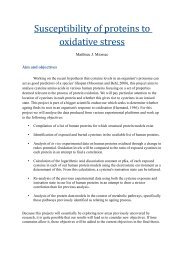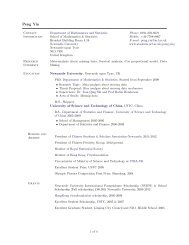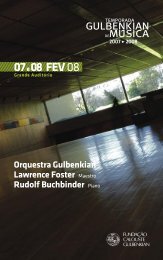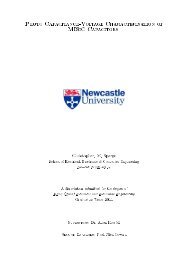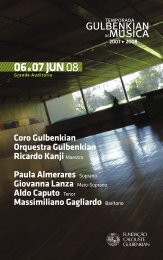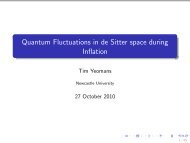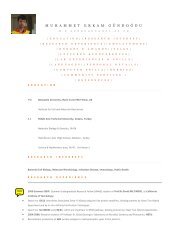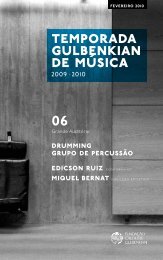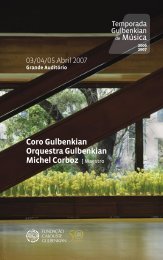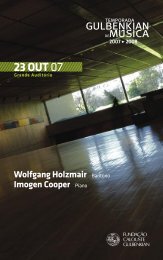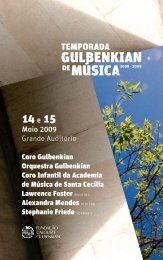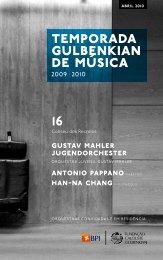Retinal Prosthesis Dissertation - Student Home Pages
Retinal Prosthesis Dissertation - Student Home Pages
Retinal Prosthesis Dissertation - Student Home Pages
You also want an ePaper? Increase the reach of your titles
YUMPU automatically turns print PDFs into web optimized ePapers that Google loves.
For the implemented/structural case of the 32 by 32 image the bit length of the<br />
transmitted AER packet is composed of ten address bits and eighteen stimulus bits.<br />
This corresponds to a bit rate determined by the AER packet frequency. The AER<br />
frequency is derived from the partial_spike clock frequency. In the case of the test<br />
setup described earlier using an FPGA clock of 25Mhz as the partial_spike<br />
frequency the spike frequency would be a quarter of this i.e. 6.25MHz. As an<br />
outerpulse (at maximum intensity) has a periodic time of five times spike time then<br />
outerpulse frequency is 1.25MHz. As there are fifty outerpulses in a pixel then pixel<br />
(AER) frequency is 25Khz.<br />
6.5 Post Processing Interface<br />
In medical experiments equivalent impedance for the retinal tissue has been<br />
estimated at ≈ 10KΩ [53]. The post processing required to convert the signals from<br />
the FPGA to those suitable for driving the electrodes of 10kΩ impedance [54] must<br />
deliver sufficient charge to simulate the biological action potential (AP) within the<br />
RGC of the optic nerve fibre. As there is only one interconnect lead per stimulation<br />
site (to reduce the wiring through the surgical incision) the interface will require two<br />
supply voltages to produce the biphasic current pulse. For a minimum supply voltage<br />
of 5v [51] i.e. +5v and -5v the maximum current per electrode would be 500µA. The<br />
instantaneous power would therefore be 2.5mw resulting in 2.5w if all electrodes<br />
were continuously active. However for 50 active biphasic pulses within a second the<br />
electrode is only active for 2ms of each pulse (1ms for each phase – 10% duty cycle)<br />
and that’s at maximum intensity then the stimulation power requirement will reduce<br />
to 0.25w. Presuming a 0.3 activity factor i.e. a scene is rarely fully white therefore<br />
less than 50 pulses per second are common then power requirement would fall to<br />
250/3 i.e. circa 83mw.<br />
116 of 200




